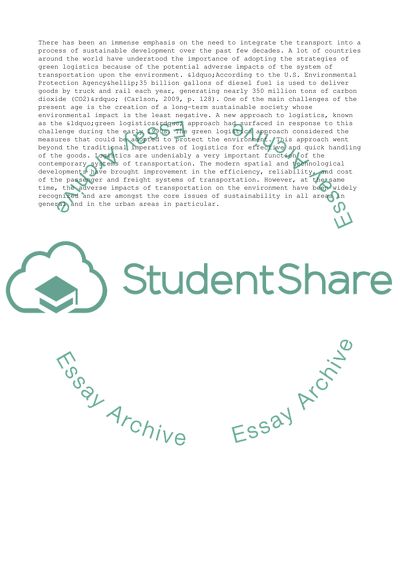Cite this document
(The Data and Characteristics of the Firms Using the Green Logistics Research Paper, n.d.)
The Data and Characteristics of the Firms Using the Green Logistics Research Paper. Retrieved from https://studentshare.org/business/1792446-green-logistics
The Data and Characteristics of the Firms Using the Green Logistics Research Paper. Retrieved from https://studentshare.org/business/1792446-green-logistics
(The Data and Characteristics of the Firms Using the Green Logistics Research Paper)
The Data and Characteristics of the Firms Using the Green Logistics Research Paper. https://studentshare.org/business/1792446-green-logistics.
The Data and Characteristics of the Firms Using the Green Logistics Research Paper. https://studentshare.org/business/1792446-green-logistics.
“The Data and Characteristics of the Firms Using the Green Logistics Research Paper”, n.d. https://studentshare.org/business/1792446-green-logistics.


